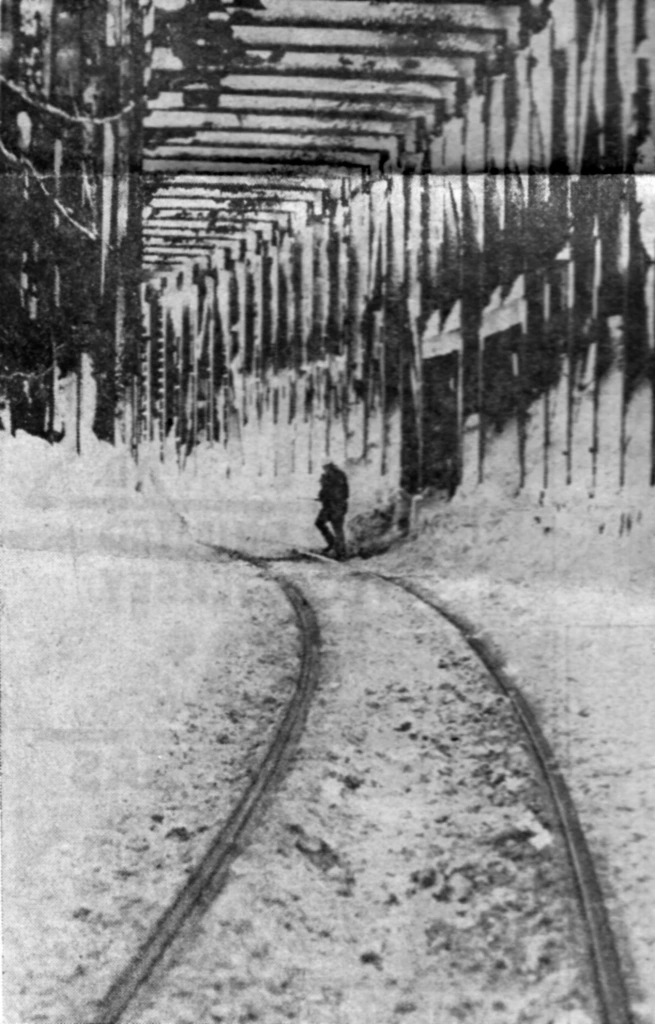The October 21, 2023, presentation has been canceled.
Attendance at the quarterly presentations has dwindled since we restarted the presentations after COVID.
The board has decided to switch to one presentation in the summer, with a speaker that will draw a large crowd. It will be held in a larger, more comfortable location that will allow as many people to attend as are interested.
We will be planning an event such as the one we held in October 2019, with Robert S. Wells, author of Voices from the Bottom of the South China Sea, which was held in the City Council Chambers of the Colfax City Hall.

If you have any suggestions for speakers/authors or comments about this change, we would love to hear from you in an email to museum@colfaxhistory.org (you can also click the Contact Us link at the top of the page to send us your comments).


